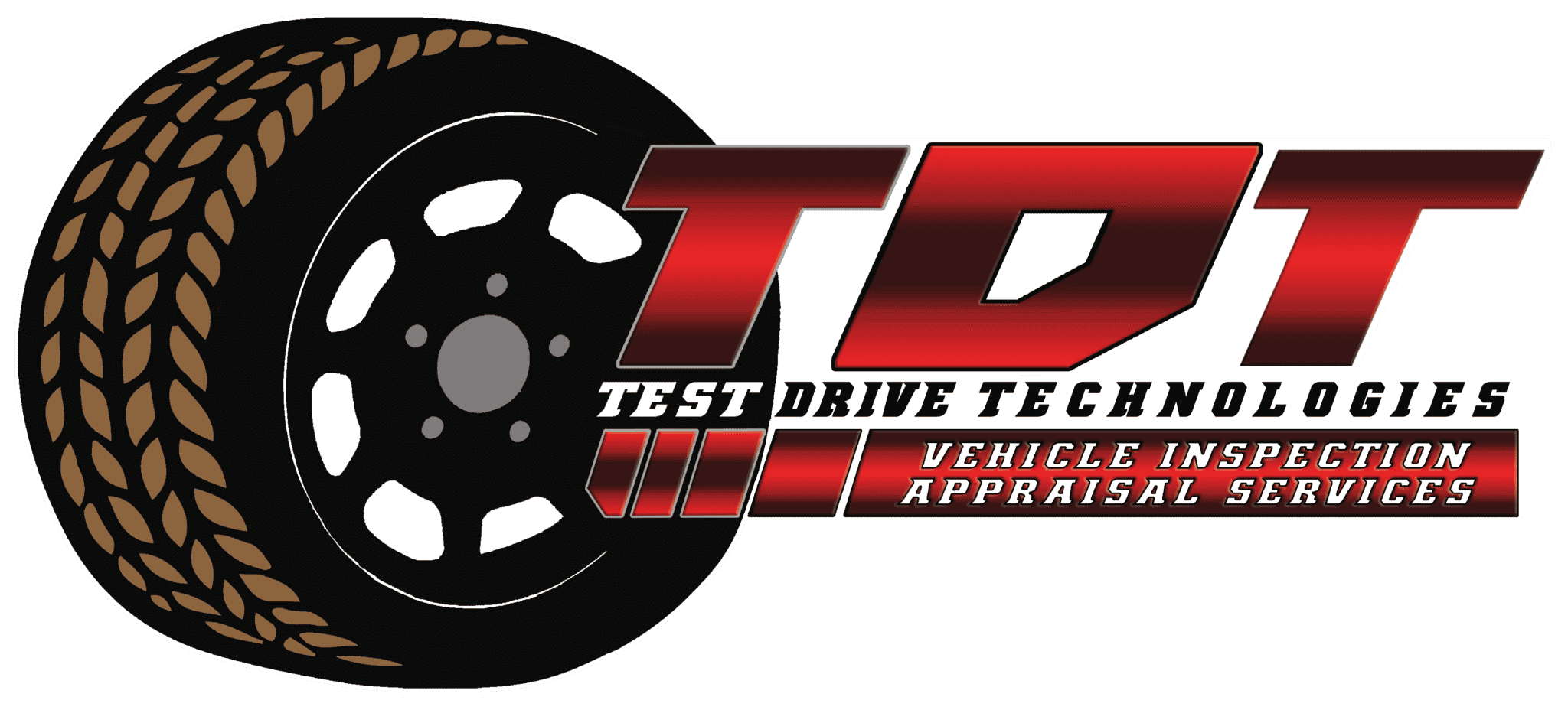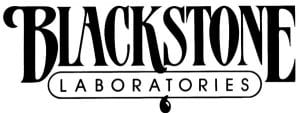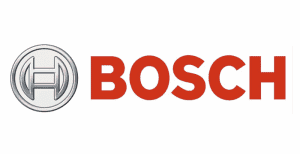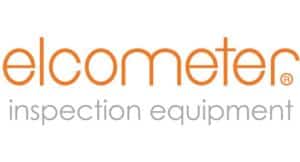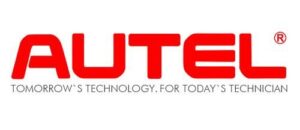Introduction
In the contemporary world where cars are integral to daily life, understanding the concept of vehicle diminished value is crucial for car owners, buyers, and sellers alike. Vehicle diminished value refers to the reduction in a vehicle’s market value after it has been involved in an accident or sustained damage, even after repairs have been completed. This loss in value is significant because it affects the financial implications of vehicle ownership and transactions.
Table of Contents
1. Understanding Diminished Value
- Definition
- Types of Vehicle Diminished Value
2. Factors Influencing Diminished Value
- Nature and Extent of Damage
- Quality of Repairs
- Vehicle Age and Mileage
- Market Perception
3. Calculating Vehicle Diminished Value
- Formula-Based Approaches
- Professional Appraisals
- Insurance Adjustments
4. Legal and Insurance Aspects of Diminished Value
- Claiming Vehicle Diminished Value
- Legal Rights and Precedents
- Challenges in Claim Processes
5. Diminished Value as a Measure of Damages
- Application in Case Law
- Court Accepted Calculations of Diminished Value
6. Impact of Diminished Value on Transactions
- Buying and Selling Vehicles
- Negotiating Prices
- Dealer vs. Private Sales
7. Mitigating Vehicle Diminished Value
- Choosing Quality Repairs
- Documentation and History
- Selling Strategies
8. Case Studies and Real-World Examples
- Illustrative Scenarios
- Lessons Learned
9. Future Trends and Considerations
- Technology and Vehicle Valuation
- Changing Market Dynamics
1. Understanding Vehicle Diminished Value
Definition
Vehicle diminished value is the decrease in market value that a vehicle experiences after it has been involved in an accident or sustained damage. This loss occurs regardless of how well the vehicle has been repaired. Potential buyers often perceive a vehicle with a damage history as less desirable due to concerns over potential future problems and the stigma associated with previously damaged cars.
Types of Diminished Value
- Immediate Vehicle Diminished Value: The reduction in a vehicle’s market value directly following an accident, before any repairs are made. It is the most noticeable and substantial form of diminished value.
- Inherent Diminished Value: This type of diminished value persists even after repairs are made, as the vehicle’s accident history continues to lower its market value.
- Repair-Related Vehicle Diminished Value: Occurs when the repairs themselves reduce the vehicle’s value, typically due to poor quality work or the use of non-original parts.
2. Factors Influencing Vehicle Diminished Value
Nature and Extent of Damage
The severity and type of damage significantly influence diminished value. Major structural damage usually results in a higher loss of value compared to minor cosmetic issues. The more severe the damage, the more the vehicle’s market value is likely to decrease.
Quality of Repairs
High-quality repairs using Original Equipment Manufacturer (OEM) parts can help reduce diminished value. Conversely, poor repairs or the use of aftermarket parts can exacerbate the loss in value, especially if they result in visible defects or future operational issues.
Vehicle Age and Mileage
Newer vehicles typically suffer a greater percentage loss in value after damage compared to older cars. Vehicles with higher mileage already have a lower market value, so the impact of diminished value is relatively smaller in absolute terms.
Market Perception
Market perception plays a crucial role in determining diminished value. Vehicles with a history of damage are often viewed as risky purchases, which drives down their market value. The widespread availability of vehicle history reports makes it easier for potential buyers to identify and avoid vehicles with a damage history.
3. Calculating Diminished Value
Formula-Based Approaches
Several formulae exist for calculating diminished value. One commonly used method is the “17c Formula,” which involves:
- Determining the vehicle’s pre-accident value.
- Applying a damage multiplier (up to 10% for severe damage).
- Adjusting for mileage and age.
However, this formula has been criticized for its simplistic approach and failure to account for specific market conditions.
Professional Appraisals
For a more accurate assessment of vehicle diminished value, professional appraisers can provide detailed evaluations. They consider the extent of damage, the quality of repairs, and current market trends to give a realistic diminished value figure.
Insurance Adjustments
Insurance companies have their methods for assessing vehicle diminished value. They may use in-house adjusters or third-party evaluations to determine how much they are willing to compensate for diminished value claims.
4. Legal and Insurance Aspects of Vehicle Diminished Value
Claiming Diminished Value
Claiming vehicle diminished value from an insurance company can be a complex process. It often requires:
- Detailed repair and accident documentation.
- An appraisal showing the vehicle’s diminished value.
- A formal claim submission.
Not all insurance policies cover diminished value, so it’s crucial to review your policy and understand your coverage.
Legal Rights and Precedents
Many states recognize the right to claim diminished value, but the specifics can vary. Legal precedents and state laws often dictate the eligibility and process for making a claim. Consulting with a legal expert or an insurance claim specialist can be beneficial.
Challenges in Claim Processes
Common challenges in claiming vehicle diminished value include:
- Proving the extent of diminished value.
- Negotiating with insurance companies that may undervalue claims.
- Navigating legal complexities and varying state laws.
5. Diminished Value as a Measure of Damages
Diminished value represents the difference in value between what was promised and what was actually delivered. In breach of warranty claims, it can be used to measure the loss in value due to the breach.
Application in Case Law:
Courts often use diminished value as a remedy in warranty breach cases when the defect reduces the value of the product compared to what was warranted.
Hadley v. Baxendale, 156 Eng. Rep. 145 (Ex. 1854):
This case established the principle that damages must be foreseeable and directly linked to the breach.
UCC Section 2-714(2):
20714(2) provides that the measure of damages for breach of warranty is the difference between the value of the goods accepted and the value they would have had if they had been as warranted.
Golden v. North Carolina Ins. Guaranty Ass’n, 351 N.C. 55, 520 S.E.2d 361 (1999):
Golden v. North Caroline Ins. held that plaintiffs could recover diminished value as a measure of damages when a breach of warranty results in a loss in value of the product.
Mendoza v. Continental Sales Co., 140 Ill. App. 3d 616, 488 N.E.2d 320 (1986):
This case recognized diminished value as a legitimate measure of damages in a breach of warranty claim concerning defective machinery.
There are a couple of different ways to calculate vehicle diminished value that has been accepted by the Court.
Market Value Approach: The diminished value is typically calculated as the difference between the market value of the product as warranted and the market value of the product as received.
Repair Costs as a Proxy: In some cases, the cost to repair the product to the warranted condition can be used to estimate diminished value, although this approach is less common.
6. Impact of Diminished Value on Transactions
Buying and Selling Vehicles
When buying or selling a vehicle with a history of damage, vehicle diminished value plays a crucial role in price negotiations. Sellers must be transparent about past accidents, and buyers should factor diminished value into their offers.
Negotiating Prices
Knowledge of vehicle diminished value can be a powerful tool in negotiations. Buyers can use it to negotiate a lower price, while sellers need to be prepared to justify their asking price by highlighting the quality of repairs and any remaining value.
Dealer vs. Private Sales
Dealers typically have more resources to repair and certify vehicles, potentially reducing the impact of vehicle diminished value. However, private sellers may struggle more with the negative perception of a vehicle’s damage history, affecting sale prices.
7. Mitigating Diminished Value
Choosing Quality Repairs
To minimize vehicle diminished value, it’s essential to choose a reputable repair shop that uses high-quality parts and adheres to best practices. OEM parts are preferable to maintain the vehicle’s value.
Documentation and History
Keeping detailed records of repairs and maintenance can help mitigate the impact of vehicle diminished value. Buyers are more likely to trust a vehicle with a well-documented history, even if it has been repaired after an accident.
Selling Strategies
When selling a vehicle that has experienced diminished value, consider:
- Providing detailed repair records.
- Offering a warranty or certification from a reputable mechanic.
- Pricing the vehicle competitively to account for diminished value.
8. Case Studies and Real-World Examples
Illustrative Scenarios
- Luxury Vehicle Damage: A high-end luxury car involved in a minor accident experienced a significant drop in value due to the premium market’s high sensitivity to damage history. Despite perfect repairs, the car sold for 20% less than its pre-accident value.
- Economy Car Damage: An economy car with significant mileage sustained moderate damage. After repairs, the vehicle diminished value was relatively low compared to its overall market value, illustrating how mileage and age can mitigate diminished value impacts.
- Non-OEM Parts: A vehicle repaired with non-OEM parts saw a higher reduction in value due to the perceived lower quality of repairs and potential long-term issues.
Lessons Learned
- High-Quality Repairs Matter: Investing in quality repairs can significantly reduce the impact of vehicle diminished value.
- Transparency Is Key: Being upfront about a vehicle’s damage history helps build trust with potential buyers.
- Market Sensitivity: Understanding the market dynamics and how they affect vehicle value can help in managing and negotiating diminished value.
9. Future Trends and Considerations
Technology and Vehicle Valuation
Advancements in technology, such as vehicle telematics and automated damage assessment tools, are changing how vehicle diminished value is calculated. These technologies can provide more accurate and objective assessments, potentially leading to fairer valuation processes.
Changing Market Dynamics
As the automobile market evolves with trends like electric vehicles and autonomous driving, the factors influencing vehicle diminished value may also change. For instance, the availability of high-tech components and the complexity of repairs could significantly impact future vehicle diminished value calculations.
Conclusion
Understanding vehicle diminished value is crucial for anyone involved in the buying, selling, or ownership of vehicles. It affects the financial aspects of car transactions and can have significant implications for insurance claims and legal matters. By being informed and proactive, vehicle owners can better manage and mitigate the impacts of diminished value, ensuring fairer outcomes and preserving their investment’s value.
This comprehensive guide has explored the concept of diminished value from various angles, providing a detailed overview of its implications and offering practical advice for managing its impact. Whether you’re a vehicle owner, buyer, or seller, understanding diminished value will empower you to make more informed decisions and better navigate the complex world of automobile transactions.
